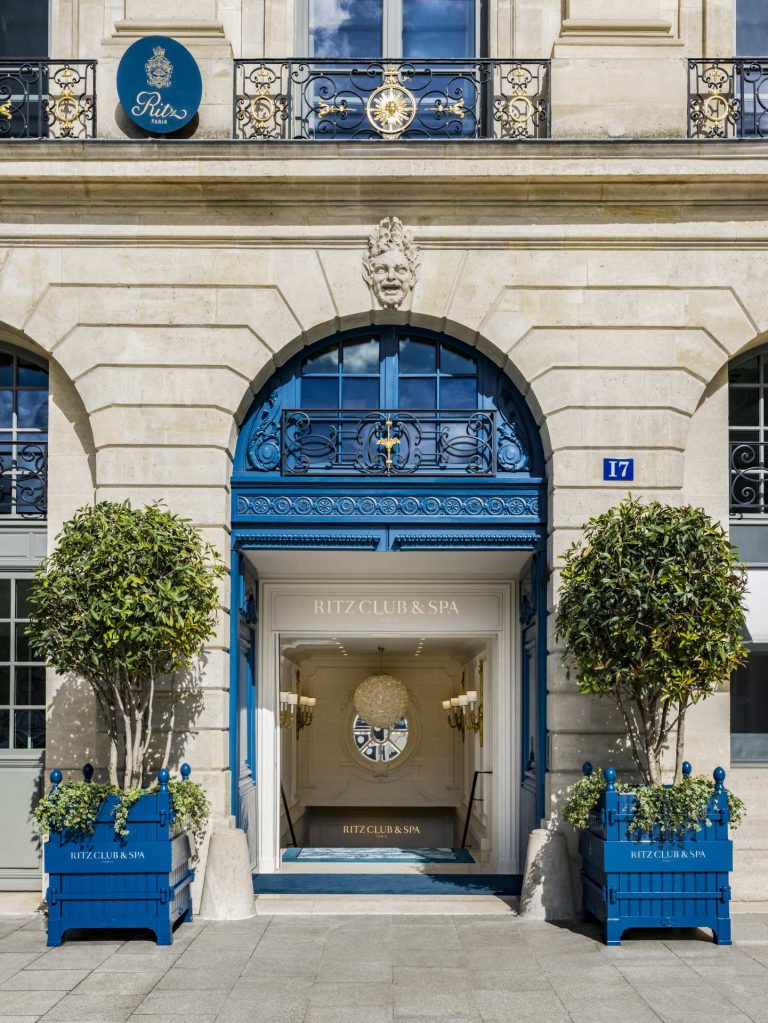Fendi is gearing up to celebrate its centenary this year. This milestone marks the remarkable journey of an Italian family who transformed a small Roman haberdashery into a global luxury brand.
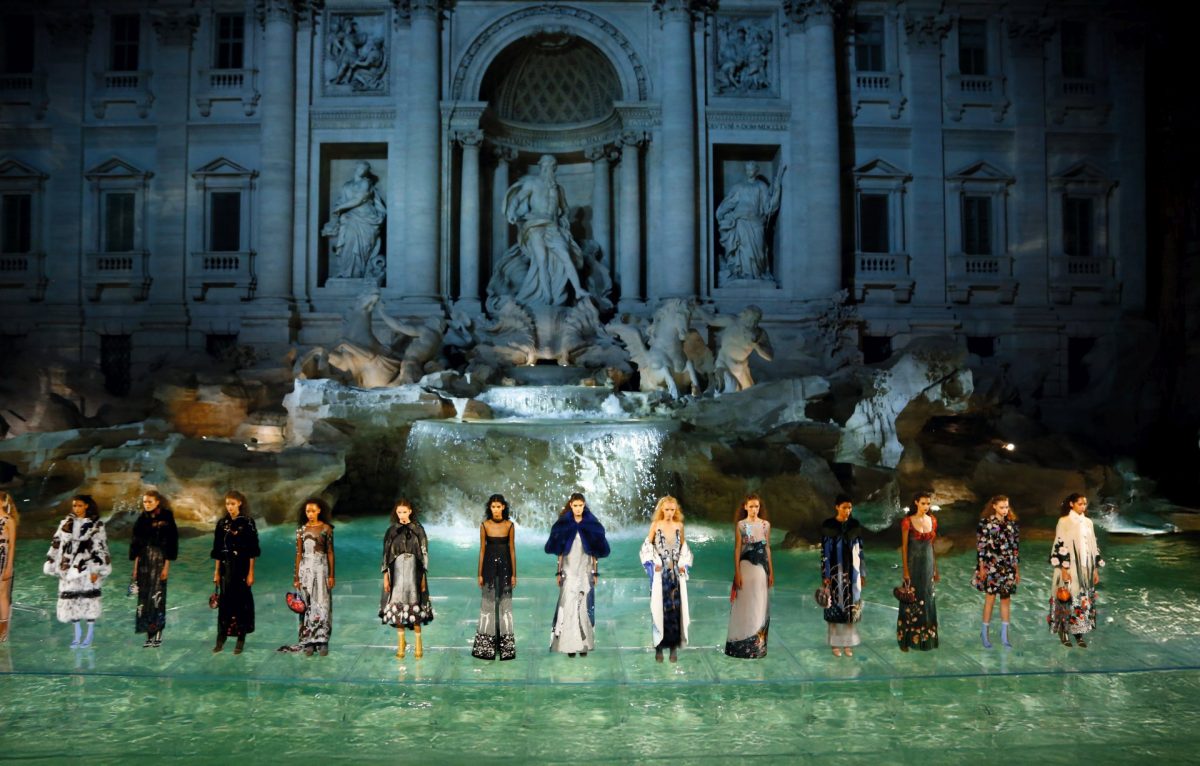
In 1925, Adele Casagrande married Eduardo Fendi. The newlyweds established a workshop crafting handbags, fur pieces, and a boutique they named Fendi. Thus began the century-long legacy of the Roman fashion house, born from love and a fortuitous marriage.
Adele and Eduardo had five daughters — Paola, Anna, Franca, Carla, and Alda — who all eventually took charge, dividing the company’s management responsibilities among themselves. Paola focused on fur treatment, Anna on design, and Alda handled business matters. The sisters grew the brand and unveiled their first fur collection, Amore, in 1950. But from a fashion history perspective, their most significant achievement was bringing on a young German designer as creative director. His name was Karl Lagerfeld — he joined the company in 1965 and created collections for Fendi until his death in 2019.
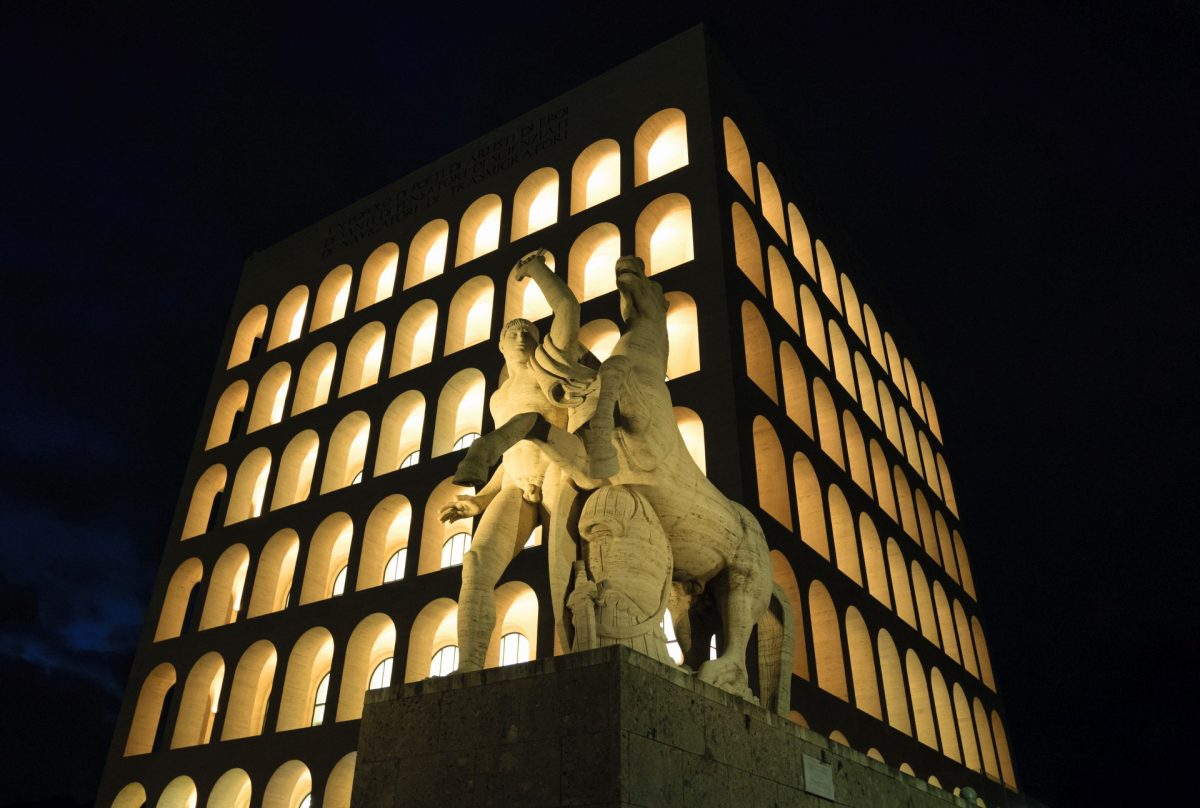
It remains the longest partnership between a fashion house and a guest designer. Lagerfeld’s tenure at Chanel was almost two decades shorter. Silvia Venturini-Fendi, granddaughter of the brand’s founders, was once asked if she minded that Lagerfeld worked simultaneously at Chanel for many years. Not at all, she replied, since Fendi had discovered Karl first, whom Silvia had known since childhood as a family friend and frequent welcome guest. It was Karl Lagerfeld who designed the iconic Fendi logo with the double F. One interpretation suggests the letters represent the founding couple, while another claims the logo stands for Fun Furs. Indeed, the Fendi sisters challenged Karl to make furs fashionable, modern, neither “stuffy” nor “bourgeois” — to create Fun Furs — and he succeeded.
The House of Fendi pioneered fur printing techniques and introduced sheared fur to fashion. He created “airy” fur coats that later inspired the modern Featherlike collection, which showcases masterful handwork with fur strips. In the 1970s, Fendi furs graced the heroines in films by Luchino Visconti, Federico Fellini, and Franco Zeffirelli. Sophia Loren, Jacqueline Kennedy, and Liza Minnelli were among the House’s clients and friends.
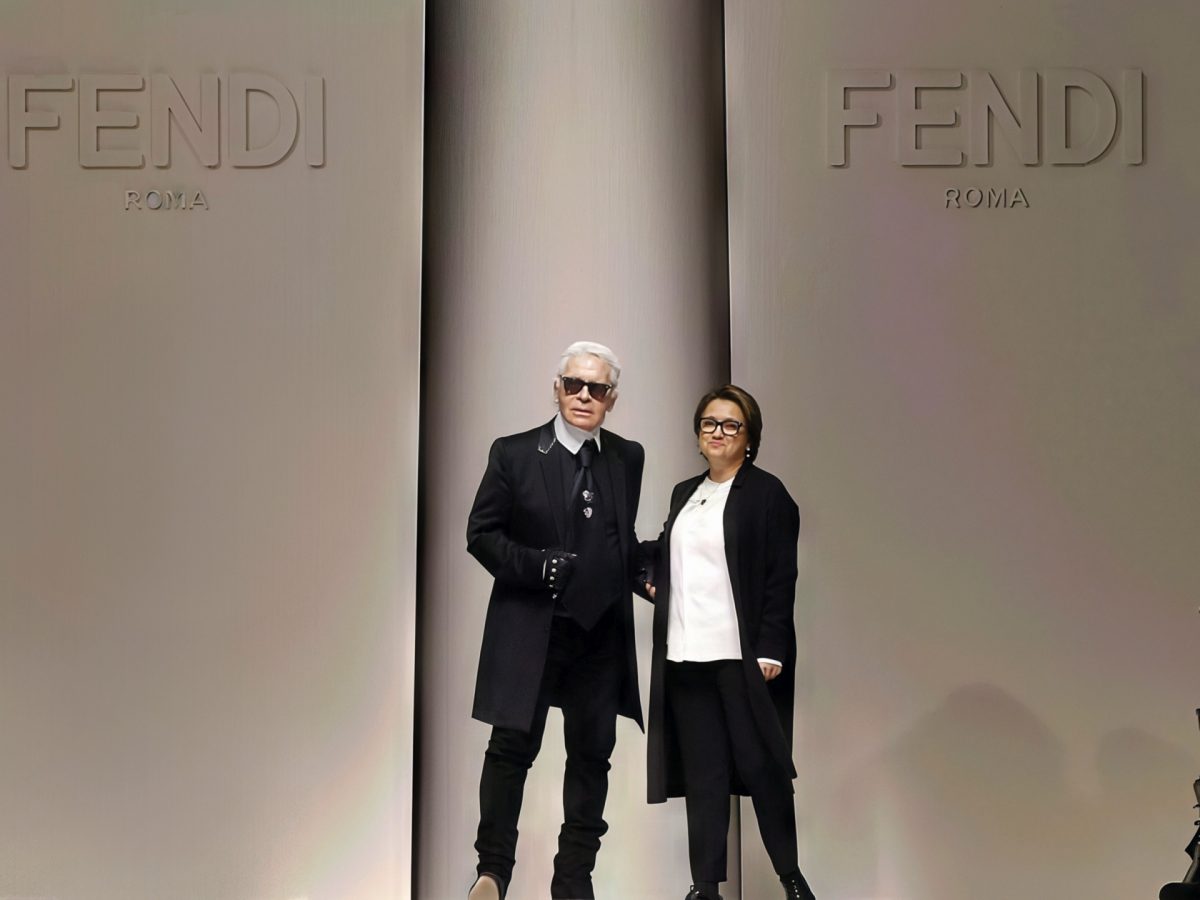
In the late 1980s, Silvia Venturini-Fendi joined the company and soon began overseeing accessories and menswear collections. Her most celebrated creation is the Baguette bag. “It’s not a bag, it’s a Baguette!” declares Sarah Jessica Parker’s character during a robbery scene in Sex and the City. The handbag’s genius lies in its compact design. It was conceived as an improvement over the impractical clutch — designed to be worn over the shoulder rather than held constantly in hand. Silvia drew inspiration for the Baguette’s shape from French bread and her grandmother’s vintage sketches. The Baguette is considered one of fashion’s first it-bags, with sales exceeding a million units.
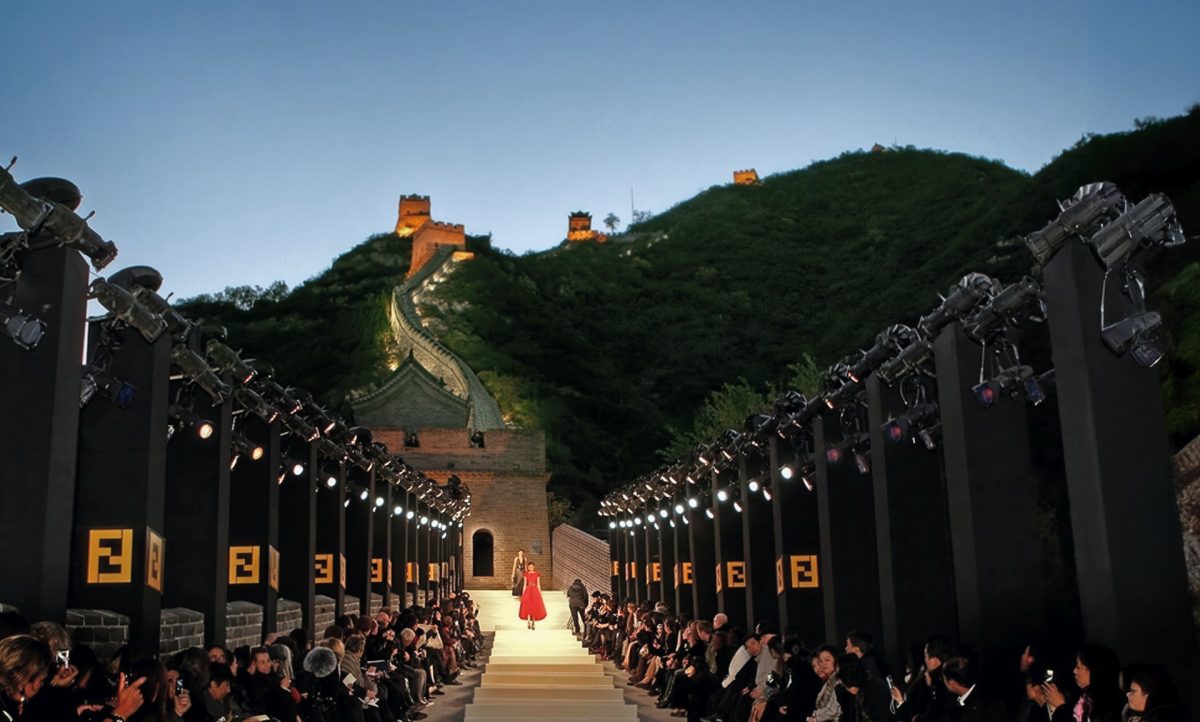
In 1999, the Roman House joined LVMH, though the family remained actively involved in the brand. The 21st century has brought many memorable moments for the company. Chief among these are their spectacular shows. The 2007 Fendi show, for instance, took place on the Great Wall of China — the world’s longest runway. For the House’s 90th anniversary, they staged a show at the Trevi Fountain, having contributed over €2 mln to its restoration. Lagerfeld ingeniously placed plexiglass over the fountain basin, allowing models to seemingly walk on water while showcasing dresses adorned with lace, sequins, and naturally, fur. That same year, 2016, the House celebrated its 50-year collaboration with Karl and presented its first-ever couture show, cleverly named Fendi Haute Fourrure. The show, embodying Lagerfeld’s philosophy that “Fur is Fendi and Fendi is fur,” was staged at Le Theatre des Champs-Elysees. For Fendi, fur represents not just design and fashion experimentation, but a technological frontier. Two years ago, LVMH, under Fendi’s leadership, launched an ambitious project to develop lab-grown fur using keratin.
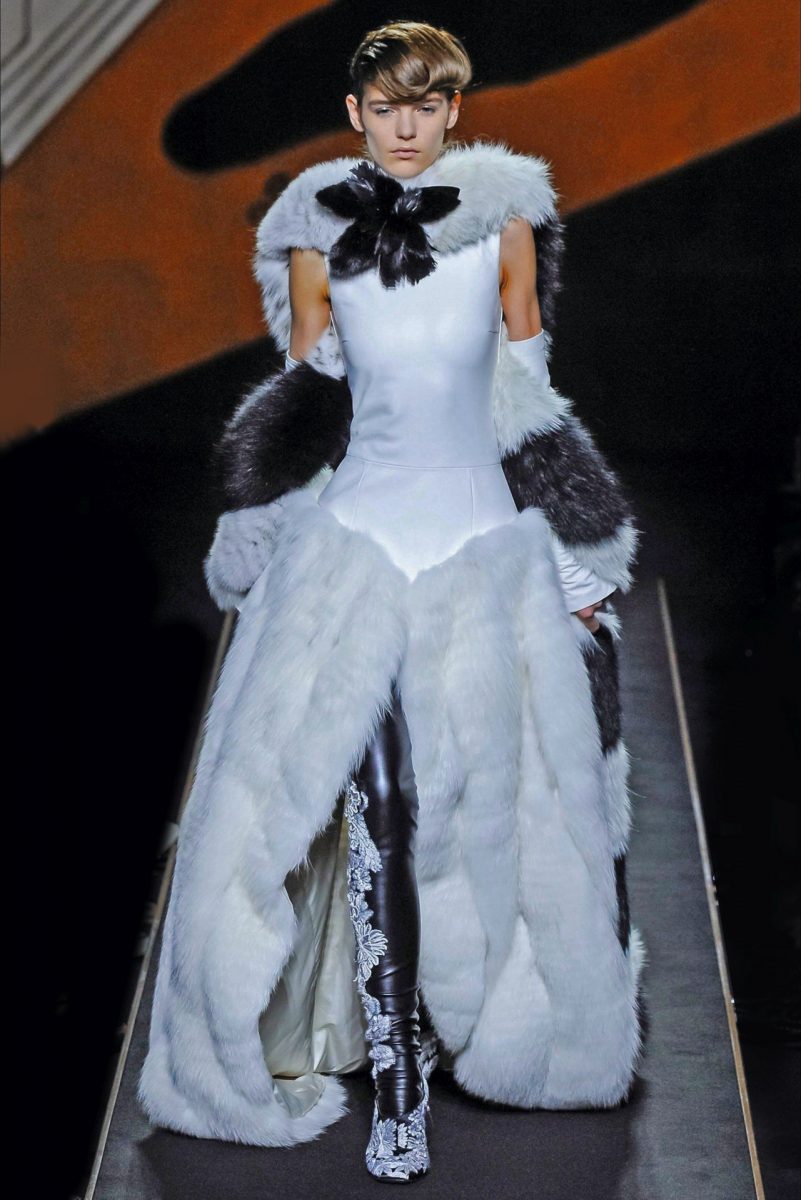
Today, a century after its founding, the House of Fendi stands at the threshold of a new era. After Lagerfeld’s passing, Kim Jones was appointed creative director of the house. However, last fall, the designer departed to focus on his role at Dior. Now, fashion circles are abuzz with speculation about an upcoming appointment that will enable the Fendi family to continue their remarkable journey.
Photo: Vostock Photo

